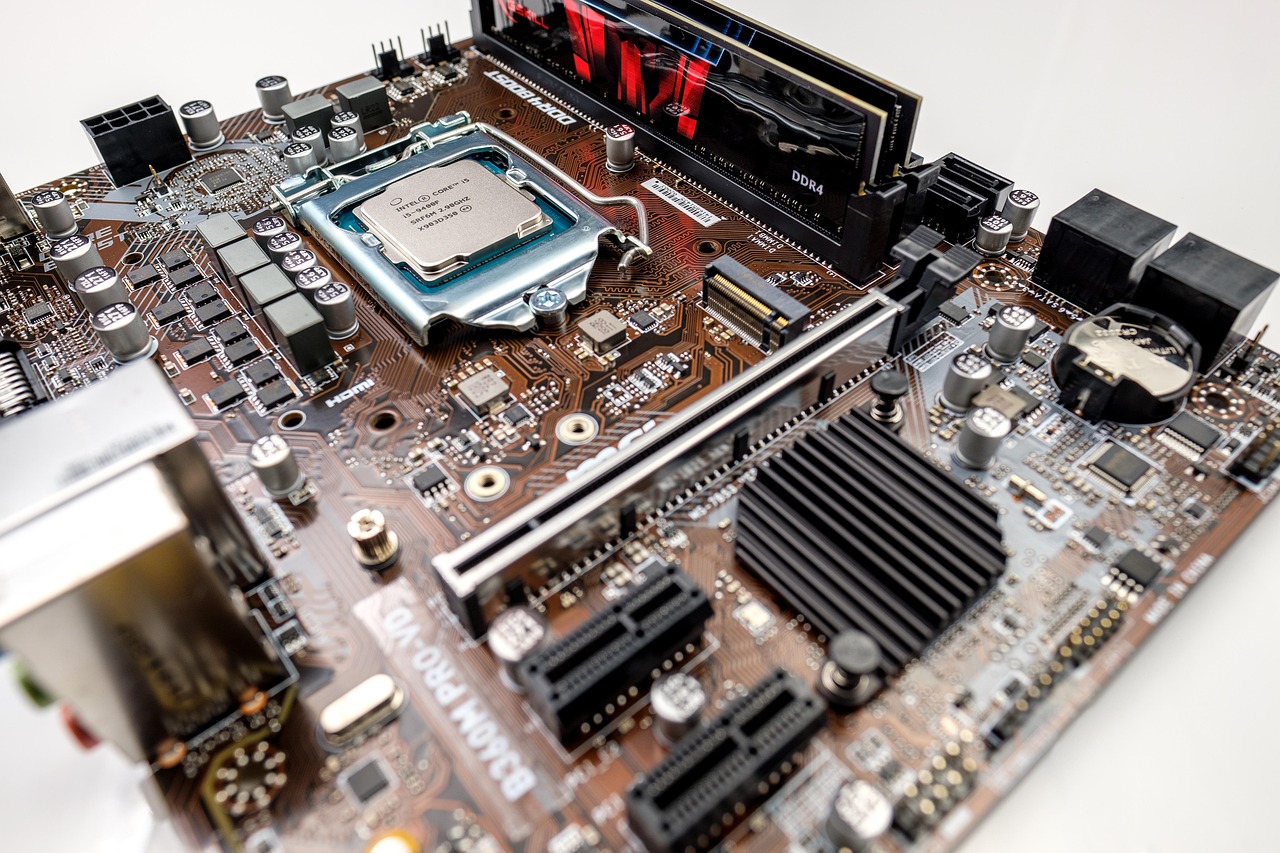Understanding Neural Networks for Surge Pricing Volatility Risk

In the rapidly evolving landscape of digital economies, surge pricing has emerged as a critical mechanism for balancing supply and demand in real-time. Ride-sharing platforms, in particular, leverage this dynamic pricing model to optimize vehicle availability and manage consumer demand. However, the volatility associated with surge pricing poses significant risks to both businesses and consumers. One solution lies in the application of neural networks to better predict and manage these fluctuations.
Neural networks, a subset of machine learning, have shown remarkable promise in processing complex datasets to yield predictive insights. In the context of surge pricing, these computational models can analyze vast amounts of historical data to identify patterns and forecast future price adjustments with greater accuracy than traditional statistical methods. This capability is crucial for reducing the unpredictability of surge pricing, thus enhancing consumer trust and stabilizing market dynamics.
The Mechanics of Surge Pricing
Surge pricing algorithms adjust fares based on real-time conditions such as demand spikes, traffic conditions, and weather changes. While this approach ensures resource allocation efficiency, it has also attracted criticism due to its potential for creating extreme price surges during high-demand periods. For businesses, the challenge lies in mitigating the volatility that can lead to customer dissatisfaction and potential regulatory scrutiny.
The Role of Neural Networks
Neural networks excel in handling non-linear relationships and large-scale data, making them well-suited for the complexities of surge pricing. These models process input data through layers of interconnected nodes, drawing parallels with neurons in the human brain. By adjusting the weights of these connections through a process known as training, neural networks can learn from historical pricing data to make predictive assessments.
- Pattern Recognition: Neural networks can identify underlying patterns in demand fluctuations, helping to anticipate peak times more accurately.
- Real-Time Adaptation: These models can continuously update their predictions based on new data, allowing for agile responses to changing market conditions.
- Risk Mitigation: By providing more precise forecasts, neural networks help businesses set boundaries to prevent extreme price hikes, thus reducing volatility risk.
Global Context and Implementations
Globally, the integration of neural networks in surge pricing systems is gaining traction. Tech giants and startups alike are investing heavily in AI research to refine these algorithms. For instance, companies like Uber have been at the forefront, implementing AI-driven solutions to enhance pricing strategies. The adoption of such technologies is not only improving operational efficiency but also influencing regulatory frameworks as authorities seek to balance innovation with consumer protection.
In regions with highly dynamic markets—such as urban centers in the United States, Europe, and parts of Asia—the application of neural networks is particularly beneficial. These models enable companies to navigate the complexities of diverse and rapidly shifting demand landscapes, from managing demand during major events to adapting to sudden changes in consumer behavior.
Challenges and Future Directions
Despite their advantages, the deployment of neural networks in surge pricing systems is not without challenges. Data privacy concerns, model interpretability, and the need for substantial computational resources are significant hurdles. Moreover, the rapid pace of technological advancement necessitates continuous updates to models to maintain their effectiveness.
Looking forward, advancements in neural network architectures, such as deep learning and reinforcement learning, are expected to further enhance predictive accuracy and operational efficiency. Collaborative efforts between tech companies, regulatory bodies, and academic institutions will be essential in addressing ethical considerations and ensuring equitable outcomes from surge pricing strategies.
Conclusion
Neural networks represent a powerful tool for mitigating the volatility risks associated with surge pricing. By leveraging advanced machine learning techniques, businesses can achieve more stable pricing models that benefit both providers and consumers. As these technologies continue to evolve, their integration into pricing systems promises to reshape the landscape of dynamic pricing, paving the way for more resilient and adaptive digital economies.















